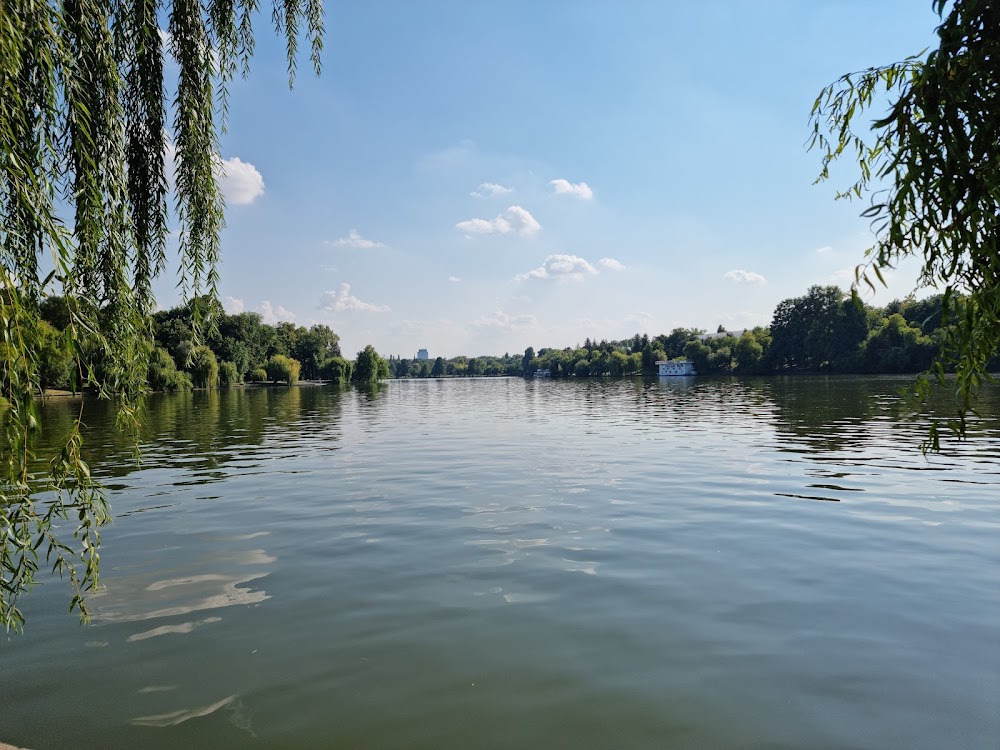Palace of the Parliament (Palatul Parlamentului)
Overview
The Palace of the Parliament, located in Bucharest, Romania, is an architectural marvel that stands as a testament to the country’s complex history. Known locally as "Palatul Parlamentului," it is not only one of the largest administrative buildings in the world but also one of the most expensive, symbolizing the extraordinary ambitions of its creator.
The origins of this monumental structure can be traced back to the regime of Nicolae Ceaușescu, the communist dictator who ruled Romania from 1965 to 1989. Part of Ceaușescu's grandiose "Project Bucharest," the Palace was designed to represent his absolute power and the monumental achievements of his administration. Envisioned as the centerpiece of a new civic center, the Palace aimed to reflect the might of Socialist Romania and was intended to showcase the regime's vision for the future.
Construction commenced in 1984, under Ceaușescu’s direct orders, atop Dealul Spirii Hill. This ambitious project necessitated the demolition of the entire Uranus district, covering approximately 7 square kilometers. The displacement of thousands of residents resulted from the destruction of schools, churches, and over 40,000 homes. Thousands of soldiers and workers toiled day and night under harsh conditions to bring this vision to life. Many faced fatigue and injuries, and some reports suggest a tragic loss of life during the construction, though exact figures remain elusive.
The palace's design was crafted by the talented young architect Anca Petrescu, who was just 28 years old when she became the chief architect. Alongside a dedicated team of approximately 700 architects and 20,000 workers, Petrescu developed a stunning neo-classical design that seamlessly merged historicist elements with monumental dimensions.
The scale of the Palace is staggering: it encompasses a total floor area of 330,000 square meters, making it the heaviest building in the world. Rising to 84 meters, the structure features 12 stories above ground and four underground levels, including nuclear bunkers. Inside, visitors are greeted by over 1,000 rooms, 480 chandeliers, and 1,409 ceiling lights, all connected by a maze of corridors that seem to stretch endlessly.
Materials for the construction were sourced entirely from within Romania, showcasing Ceaușescu's commitment to self-sufficiency. The building's lavishness is evident through the use of marble, crystal, wood, and gold. A staggering one million cubic meters of marble, 3,500 tonnes of crystal, and 700,000 tonnes of steel and bronze were utilized. However, this opulence came at a steep economic cost, contributing to widespread hardship among the Romanian populace.
Despite the fall of Ceaușescu during the Romanian Revolution in December 1989, the new government chose to complete the Palace, which was finally finished in the 1990s. Today, it serves multiple functions, housing the Romanian Parliament, several museums, international conference halls, and numerous offices.
The Palace of the Parliament now stands as both an administrative hub and a popular tourist attraction. Visitors are captivated by its grandeur and intricate interiors, yet it also serves as a poignant reminder of a period marked by architectural ambition and political oppression. This duality—between awe-inspiring beauty and the heavy cost of its creation—cements the Palace’s status as a powerful historical monument in the heart of Bucharest.






